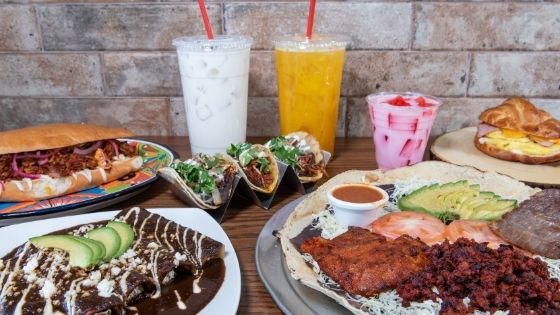Ready-to-eat products are made in the same way as food is made in an home. The only difference in the product that improves the lifespan of the product is the packaging technology which is autoclaving. Autoclaving is a new type of packaging that prevents bacteria from growing in food over time. Also, few companies fill nitrogen just to be completely safe, as nitrogen acts as a safe preservative that prevents bacteria from growing in food.
There are two categories of ready-to-eat foods:
- Ready-to-eat (only heat)
- Ready to cook (requires minimal cooking skills)
For the ready-to-cook product which has two sub-categories:
- Frozen
- Dehydration
For the previous two, the concept remains the same, for frozen food, the food is cooked in half and then left to freeze at low temperature, the reason for this is that Bacterial growth is not possible at very low temperatures.
Also in the case of dehydrated ready-to-cook foods (the industry is growing rapidly and is currently in the development phase), the foods are dehydrated to remove all moisture from the product and then packed in Met Pet containers to hold the product in moisture and thus preventing bacterial growth.
Therefore, ready-to-eat meals (RTE) are generally not unhealthy, they may lose some of their nutritional content compared to freshly cooked foods, but they cannot be classified as unhealthy. It is much safer and healthier to eat than outdoors because the hospitality industry is not as regulated as the packaged food industry, which requires various laboratory tests and licenses to bring their product to market.
Also, I strongly recommend that you buy RTE food products that do not have a preservative label on their packaging as the company claims it will need to provide evidence before it can be claimed.
There are many other ingredients you can see on the label that will extend the shelf life, but not yours! I often see chemicals on the label like:
- Artificial Flavour
- Sucralose
- Chromium Amino Acid Chelate
- Mono- and Diglycerides
- Maltodextrin
- Dipotassium Phosphate
- Glycerin
- Sodium Caseinate
Does anything sound like real food? I know all of these chemicals have been tested for safety, but why not resort to real food again?
I recently bought some low-calorie cookies, but then got such cravings that I was convinced they would make some adjustments to the chemicals so I could eat and buy more. When I saw this video I realized what they were up to and returned to fresh fruit!
They are mass-produced and all healthy ingredients are at risk.
It’s good for business, but not for your waistline. These companies want you to keep eating more and more. It helps the economy so what’s wrong with that? They also kept your costs to a minimum so they benefit, but not you. When you read Salt, Sugar, Fat: How the Food Giants Hooked Us by Michael Moss, you will be amazed.
You cut the cooking time in half and use salt instead to improve the taste. Herbs are too expensive so add a little more salt!
These food processing companies operate in a huge industry. Ready meals are prepared in large quantities, which mean longer distances, warehouses and endless storage and refrigeration. In the end, dyes, chemicals, and all preservatives are the only way to get these foods on the supermarket shelf.

